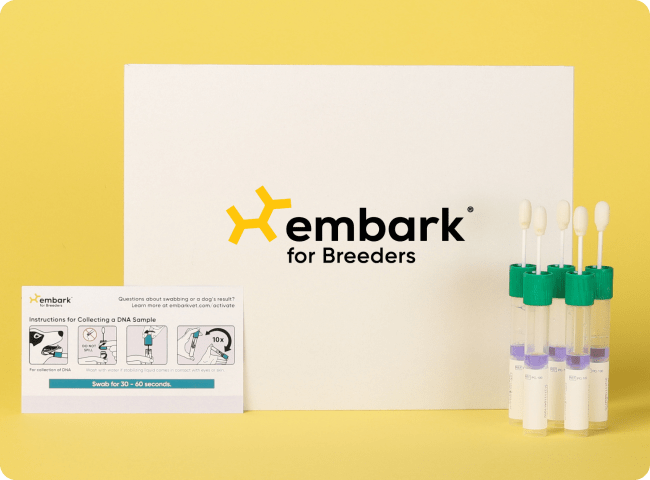Renal Cystadenocarcinoma and Nodular Dermatofibrosis
Hereditary multifocal renal cystadenocarcinoma and nodular dermatofibrosis (RCND) is a multiorgan syndrome that creates dense collagen nodules in the skin and causes cancer in the kidneys and uterus.
-
Signs and symptoms
Signs of this disease include thick skin nodules, excessive thirst and urination, uterine tumors (leiomyomas) in females, and kidney tumors (renal cystadenocarcinoma). If the cancer metastasizes to the lungs, affected dogs can have respiratory distress.
First signs usually develop around 5 years of age, with death from the disease likely around 9 years of age. -
Diagnosis
Genetic and laboratory testing are used to diagnose this condition. Abdominal ultrasound is used to visualize the uterus.
-
Treatment
There is no treatment for RCND. Certain medications, fluid therapy, and surgical management may be recommended.
-
What to do if your dog is at risk
Actions
- Focus on palliative therapies to increase your dog's comfort and quality of life.
-
Genetic Information
This mutation was first described in the German Shepherd Dog.
This mutation is inherited in an autosomal dominant manner, meaning that one or two copies of this gene will cause the disorder. There is strong evidence that two copies of the mutation is lethal in utero.
Gene names:
FLCN ‐ chr
Inheritance type:
dominant
Citations:
-
Breeds affected
This health condition affects the following breeds
Learn about your dog’s unique genetic health
Dog owners
Breed identification, health and trait insights, personalized care recommendations, and the world’s first canine relative finder—all in one leading dog DNA test.
Learn about the report for dog ownersShop the test
Breeding programs
Embark’s test for breeding programs is one comprehensive DNA test designed with your needs in mind.
Learn about the report for breedersShop the test






